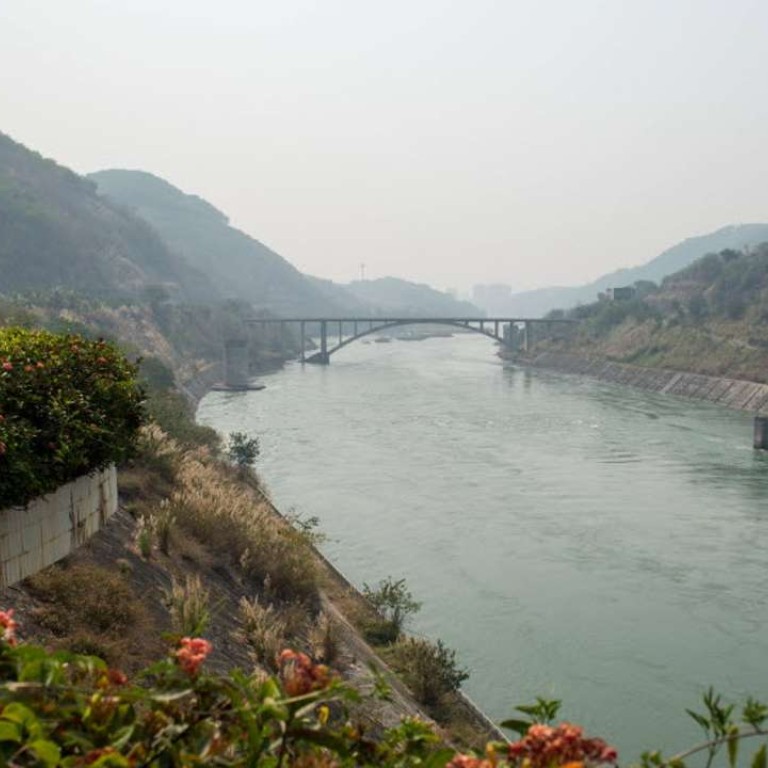
Mekong summit fills a void that will ensure better lives for all in countries that rely on the river
The new forum improves communication and offers dedicated means of creating policies and directing development
China’s image in Southeast Asia has been soured by territorial disputes and dams on the upper reaches of the Mekong River that hamper downstream activities. Supporting infrastructure and investment is one way to improve perceptions. But bringing all nations together for regular talks, as at Hainan Island last week, will also boost transparency and cooperation. From dialogue will come the trust and understanding that is so necessary for the region to thrive and prosper.
Beijing in 2014 initiated the Lancang-Mekong Cooperation Mechanism, reflecting the names of the river in China and downstream, to fill a void in dialogue and better handle growing concern. The first summit in Sanya has put in place a means through which discussions on important and shared matters can regularly occur with Mekong countries Cambodia, Laos, Myanmar, Thailand and Vietnam. Premier Li Keqiang (李克強 ) pledged 10 billion yuan (HK$11.94 billion) in preferential loans and US$10 billion in credit. A joint declaration spoke of measures including railways, industrial parks and poverty reduction.
As crucial, though, is management of the river’s waters and a resource centre was set up to jointly deal with hydro-power, floods and droughts. Dams China has built to generate electricity have been linked by scientists and environmentalists to changes in river flows and levels, affecting the livelihoods of people living downstream who need the waters for agriculture, fishing and tourism. The problem has been especially severe this year with the Mekong delta hit by the worst drought in recent times. Beijing has not directly responded to the research, instead blaming El Nino weather for the adverse conditions.
No opportunities previously existed for China and the other five countries to jointly discuss environmental and livelihood concerns or challenges like people smuggling and drug trafficking. Existing gatherings either excluded Chinese participation or only gave observer status. It is why Beijing earlier this month had to rely on diplomats to inform colleagues in the lower Mekong basin of its decision to help alleviate the drought by doubling the usual amount discharged from the Jinghong dam during the dry season. The release was made with limited notice and the rising waters caught many people unprepared.
The new forum changes such haphazard communication and offers dedicated means of creating policies and directing development. Li has proposed leaders meet every two years and lower-ranking officials more frequently. There is no better way to ensure nations work together.

